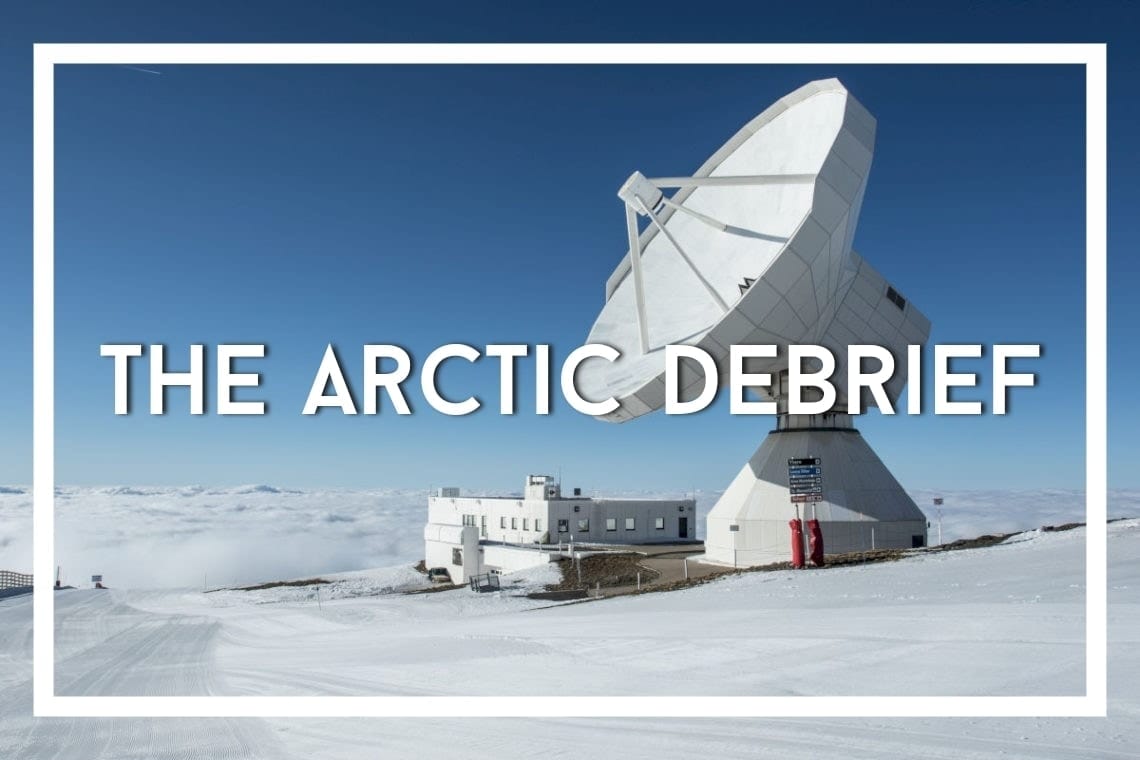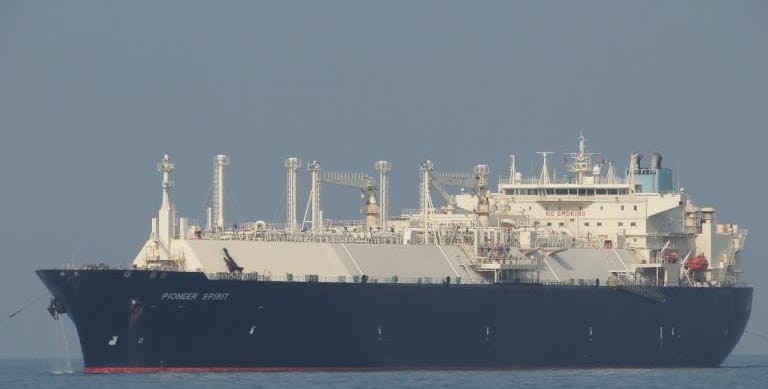The Arctic Debrief: Russia-China joint exercises off Alaskan coast prompt US response
In this edition: Russia-China joint exercises off Alaskan coast prompt US response; Sweden aims to lead NATO Land Forces in Finland; and Russia's 'shadow fleet' fails to deliver LNG for over a month.

In this edition:
- Russia-China joint exercises off Alaskan coast prompt US response
- Sweden aims to lead NATO Forward Land Forces in Finland
- Russia's 'shadow fleet' fails to deliver LNG for over a month
Latest Developments
Russia-China joint exercises off Alaskan coast prompt US response

The US has deployed 130 soldiers to Eareckson Air Station located on Shemya Island off the coast of Alaska. Additionally two High Mobility Artillery Rocket Systems (HIMARS) were brought along with the troops.
This deployment is in response to Ocean 2024, a joint exercise conducted by Russia and China. Ocean 2024 involved over 15 warships from Russia's Pacific war fleet and an unknown number of Chinese ships.
As part of the training, Russia and China fired artillery and missiles into the Sea of Japan. Meanwhile, warships and airplanes engaged in exercises near the Alaskan coast.
After the exercises were reported on Alaskan lawmakers called for a greater military presence. Alaskan Governor Mike Dunleavy said that the state's proximity to Russia is concerning especially with an increase in military activity, such as multiple breaches of Alaskan airspace and exclusive economic zone.
"Unlike just about every other state, we have flyovers close to our territorial zones … We have the Russians and Chinese going through the Bering Strait," said Dunleavy. "I think the Russians are sending a message. What that is, I’m not sure, but certainly our folks in D.C. are receiving it and beefing up some of our personnel out there in the western Aleutians."
Sweden aims to lead NATO Forward Land Forces in Finland

Sweden has declared its intention to take charge of a NATO Forward Land Force in Finland. Military presence is likely to be formalized by 2026, but is a long-term project that will take a few years to fully materialize.
Two weeks prior, Finland declared it would allow NATO allies to deploy troops on its territory. The Finnish Prime Minister said that the number of troops would depend on how tense the situation is on its border with Russia.
The Swedish and Finnish militaries have a close relationship, often conducting joint exercises and sharing a large border between the countries. Due to their proximity, Sweden would be able to quickly send reinforcements and military aid to a potential front line.
NATO has similar Enhanced Forward Presence forces stationed in the Baltics and led by Germany (in Lithuania), the UK (in Estonia), and Canada (in Latvia). Each Baltic nation has troops, equipment, and combat vehicles from various NATO members deployed on their territory. These units would be the first to respond to a potential Russian invasion, with a goal of securing key areas and infrastructure that would allow for a joint NATO counter-offensive.
Russia's 'shadow fleet' fails to deliver LNG for over a month

No deliveries have been completed six weeks after the first 'shadow fleet' LNG vessel was loaded at the Arctic LNG 2 facility. The Pioneer, Asya Energy, and New Energy LNG carriers have all been unable to offload their LNG cargo.
The Pioneer made its way to the Suez Canal where it transferred its load to the New Energy ship, but both vessels have remained at a port in the area without delivering the gas. Meanwhile, Asya Energy briefly navigated the Norwegian coast line before returning to Russia.
None of the illegally loaded gas has been delivered and remains on the ships. Due to the nature of LNG (being a gas) the load is slowly lost as it remains on board. At this point the loads have likely reduced by 10-15%.
The US has been quickly placing sanctioning on any one attempting to help Russia illegally sell LNG, this includes vessels, companies, and their leadership.

